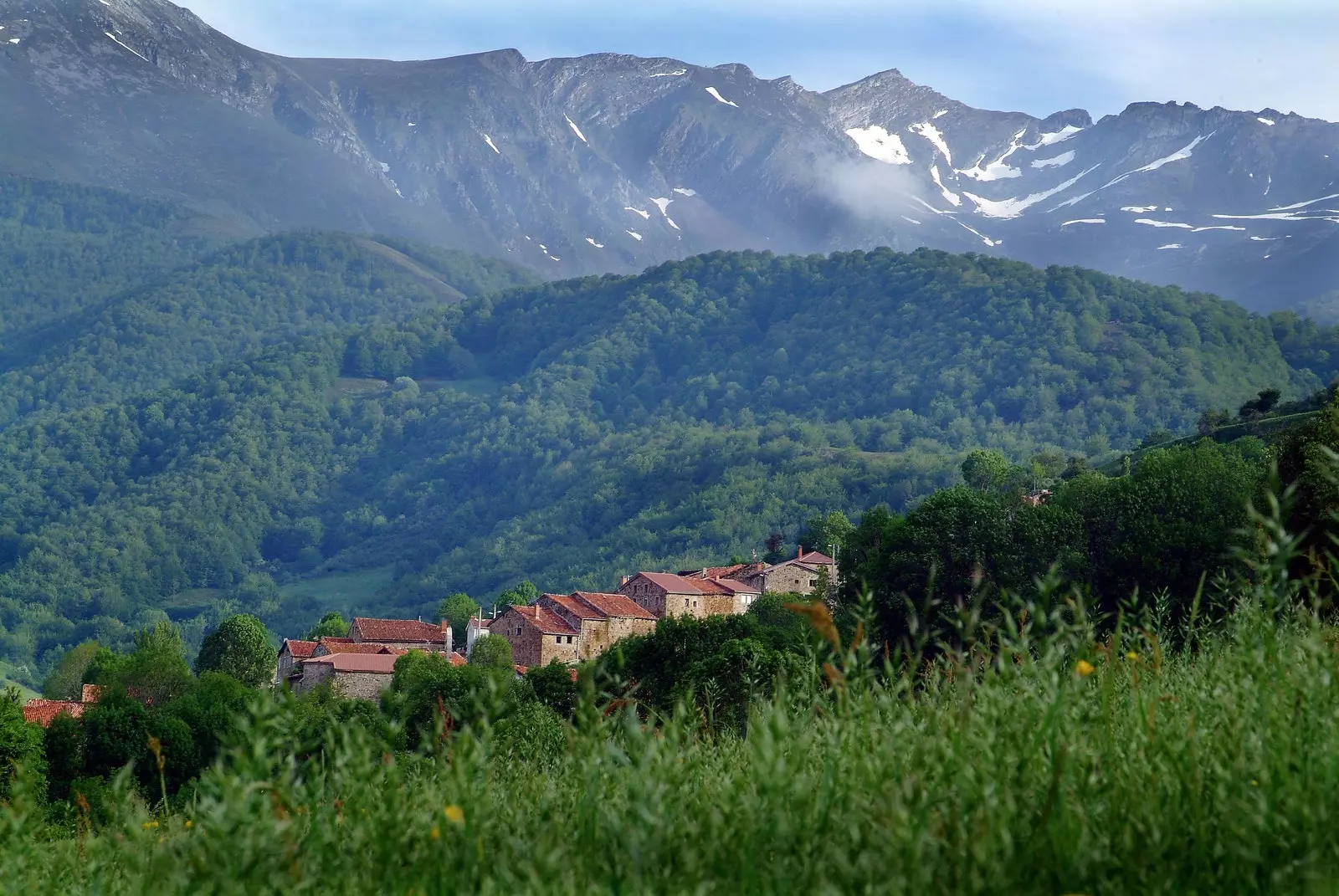
Pico Tres Mares, whose summit presides over Polaciones, shows with its name the triple orientation of the valley
The Polaciones Valley has been, since ancient times, one of the most isolated and difficult to access enclaves among the innumerable valleys that mark the Cantabrian Mountains. Though the river Nansa, lord of the valley, runs to die to the Bay of Biscay, the natural steps leading to Polaciones connect it with Castile and the highlands of Palencia.
It is, precisely, the Pico Tres Mares (2,171m) whose summit presides over Polaciones, who shows with his name the triple orientation of the valley: at the foot of the Tres Mares is born the Hijar , which irrigates the Ebro; also arises the pisuerga , which feeds the Duero; and finally, it sprouts the Nansa , a river whose course we must follow to reach the last hidden valley of Cantabria.
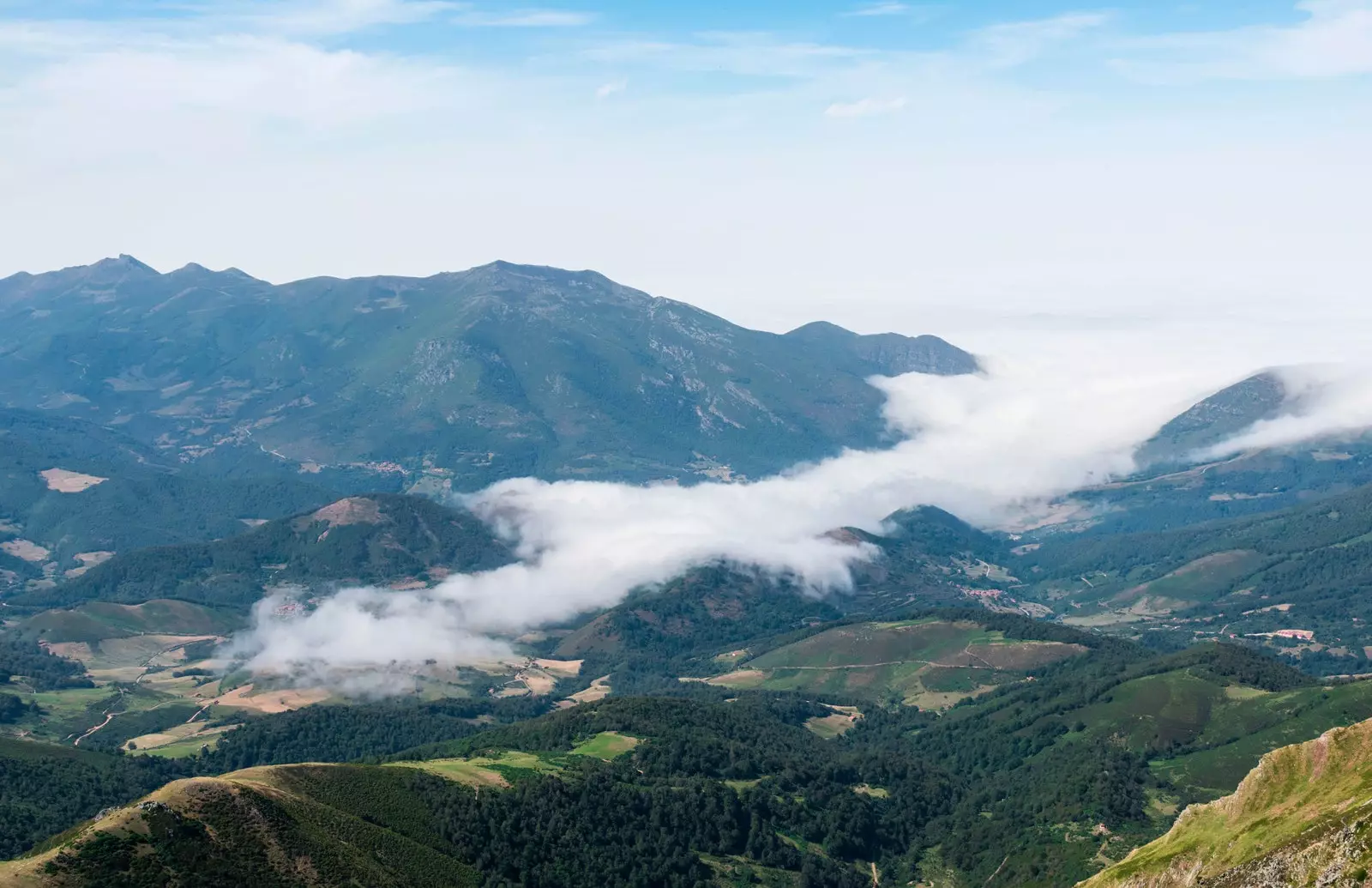
Polaciones: the Cantabrian valley hidden between mountains
THE BRAÑA OF SEJOS
José María de Pereda (1833-1906), an illustrious mountain writer who immortalized his land in famous novels such as Peñas Arriba , he assiduously traveled the paths that lead to Polaciones.
In a fragment of said novel, the protagonist feels discouraged when his guide, a rude mountaineer, tells him that the path to the Nansa must cross a very high mountain range that makes the sight dizzy. "Over those hills you can see nothing but sky!" Pereda's troubled character cried out before the mountains.
Indeed, the heights of La Concilla and Helguera seem to touch the clouds with their peaks, as if it were the abode of an ancient god. Between both cuetos, walking on a wide hill of yellowish meadows, passes the oldest road of those that lead to Polaciones.
The braña de Sejos has the presence of an important megalithic complex, where the menhirs scattered throughout the immense meadow stand out, facing the distant peaks of the Picos de Europa. At his feet, Polaciones breathes, aware that the ancient remains of those who once inhabited it guard their rest.
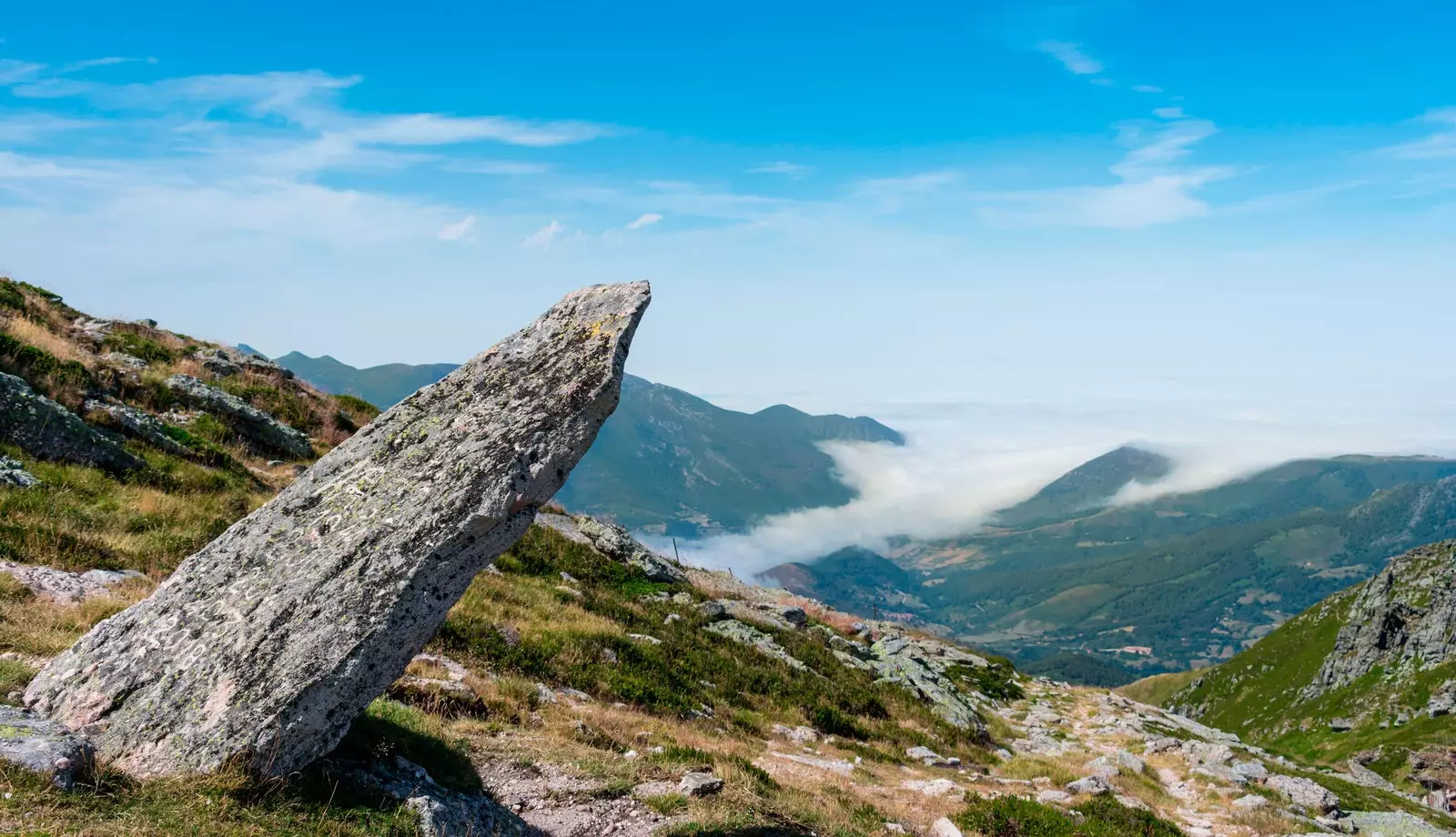
Going up to Sejos means connecting with the past of Polaciones, but also with its present
The ascent to the Sejos braña begins in the town of Uznayo, already in Polaciones, and can be completed in two and a half hours. Going up to Sejos means connecting with Polaciones' past, but also with its present.
Herds of Tudanca cows graze among the menhirs, on one side and the other of some stones that, since medieval times, and who knows if not before, mark the dividing line between the meadows belonging to Cabuérniga (Saja) and Polaciones (Nansa).
Here Ricardo Gómez fulfilled his mission, the last “sarruján”, the youngest among the children of the town, who had to take care of the cattle in the highlands during the summer. And here, near the clearest sky that can be found in Cantabria, The Cantabrians who once inhabited these mountains worshiped the sun and the moon, and buried their dead.
It is worth observing the anthropomorphic figure engraved on one of the rocks, representing a warrior. Archeology lovers will see the similarity with the Idol of Peña Tú , on the eastern coast of Asturias. Is it a warrior whose name reached legend among the inhabitants of the mountains?
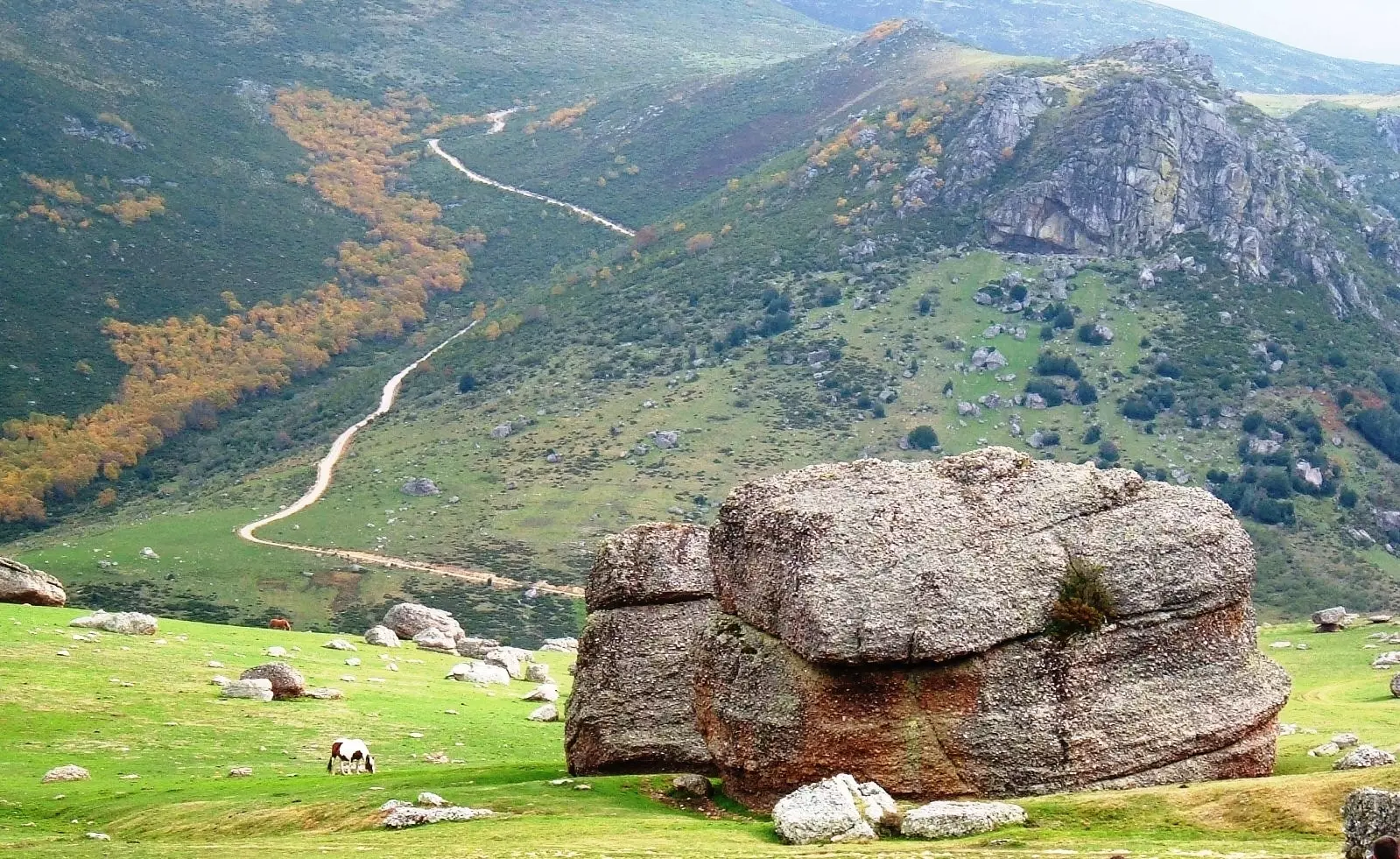
The braña de Sejos has the presence of an important megalithic complex
ILLUSTRIOUS PEOPLE AND NEIGHBORS
Among all the residents of Polaciones, there is one who is particularly famous: Miguel Ángel Revilla, current president of Cantabria. his home town, Salceda , brings together the characteristics that we will find in each population center present in Polaciones: two-story stone houses, the first for cattle that would heat the upper rooms during the harsh winter.
Above the door, a wooden balcony, the sunroom, preferably facing south, omnipresent in the stately mansions whose emblazoned shields watch over the alleys where the cows walk.
Polaciones drags a tradition of purriego leaders, since Miguel Ángel Revilla is not a unicum among those who left the valley and made fortune and fame beyond their mountains.
The tiny town of Three-grandmother, in the shadow of Peña Labra, It has two rich hidalgo mansions brimming with ancient power where hardly any neighbors live today. still belong to the Rábago family, whose illustrious ancestor was the priest Francisco Rábago y Noriega, confessor of King Ferdinand VI, friend of the Marquis of Ensenada, and a decisive figure in making Santander a city and port of Castile.
Visit the town of Revilla, and walk among the mansions of Tresabuela: and perhaps, surrounded by mountains, you will understand why those who were born in Polaciones have always dreamed of tracing paths that join the sea and the mountains.
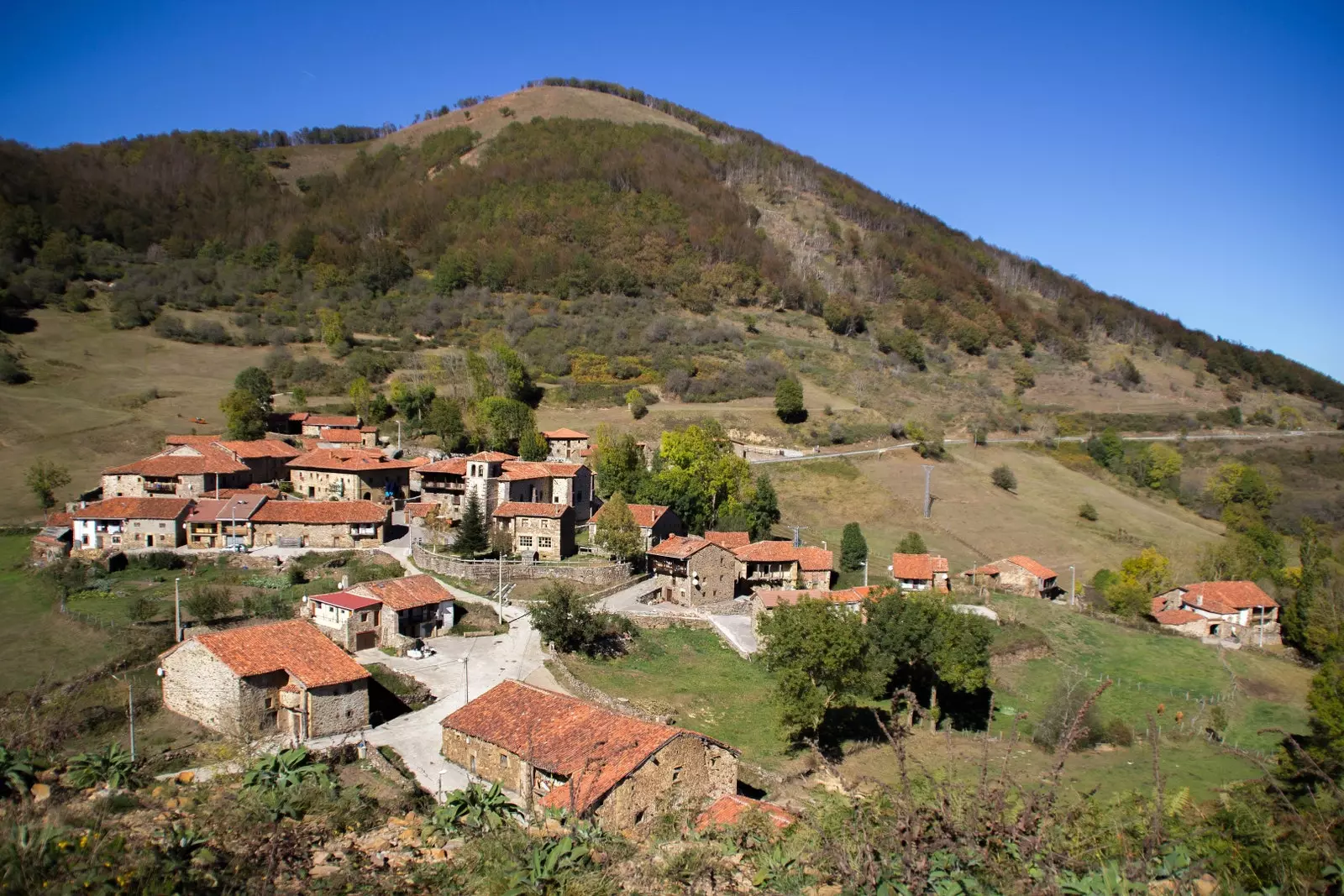
The tiny town of Tresabuela, in the shadow of Peña Labra
WHERE TO EAT
The Polaciones Valley is renowned for its hunting. Its landscape, barely altered by the hand of man, allows us to walk among centuries-old beech forests that are home to a very varied fauna.
The wolf is present in the valley, and there are several packs that can be seen in the highlands, especially in winter. It is also not uncommon to find, walking along the many paths that run through the slopes of Peña Labra, grizzly bear tracks
And for those who like dawn on the mountain, it is reserved for them the spectacle of the bellowing, when the male deer clash their antlers trying to impress the deer.
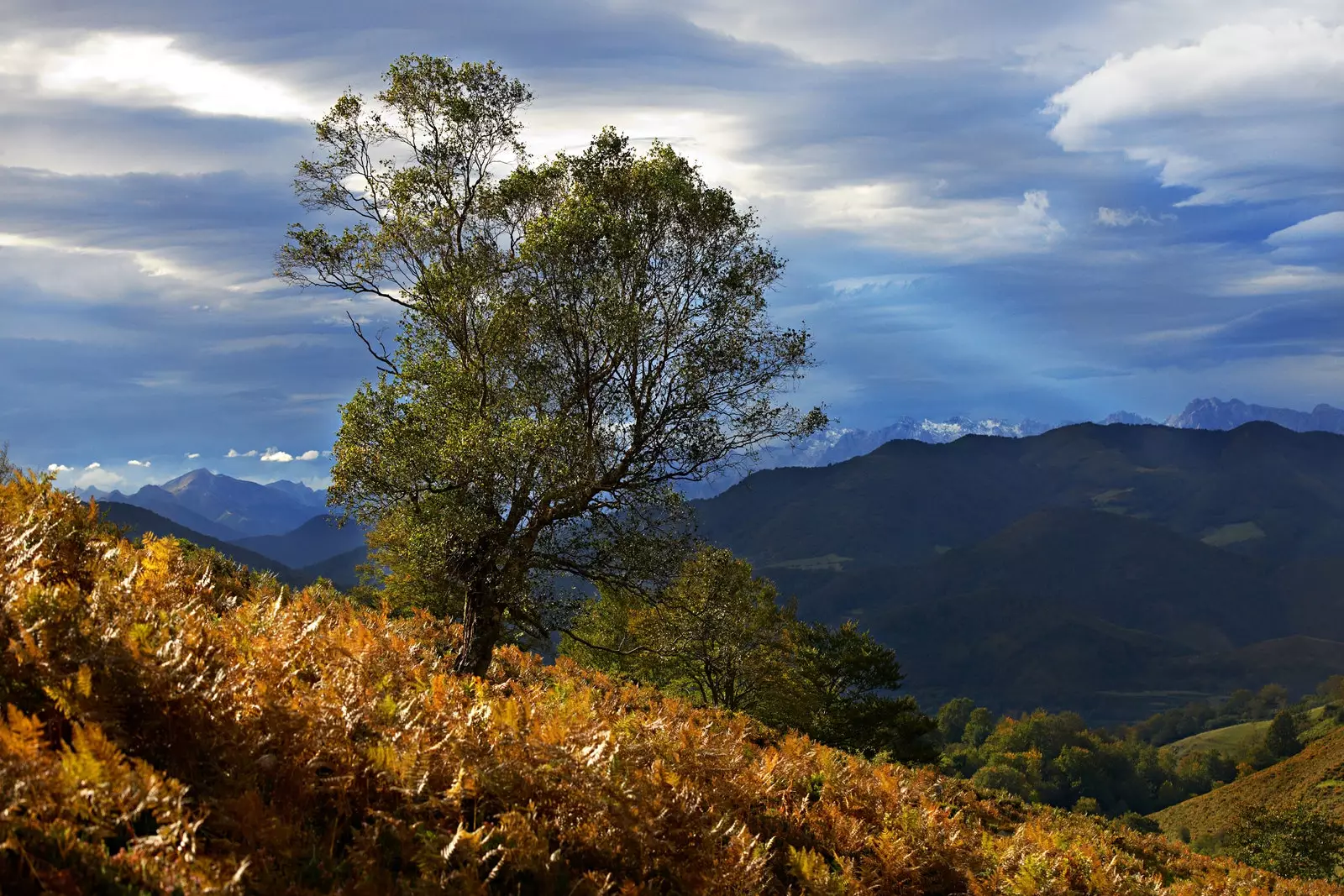
The wolf, the bear and the deer inhabit these lands
For those who enjoy the wild taste of game meat, the Polaciones restaurant, near Puente Pumar, serves venison and wild boar in multiple forms, such as beans, stews, sausages and picadillos.
The atmosphere is hunting, and it is common to see crews sharing lunch with rangers and ranchers, since hunting and livestock, as well as an incipient rural tourism, are the main engines of a valley with less than three hundred residents.
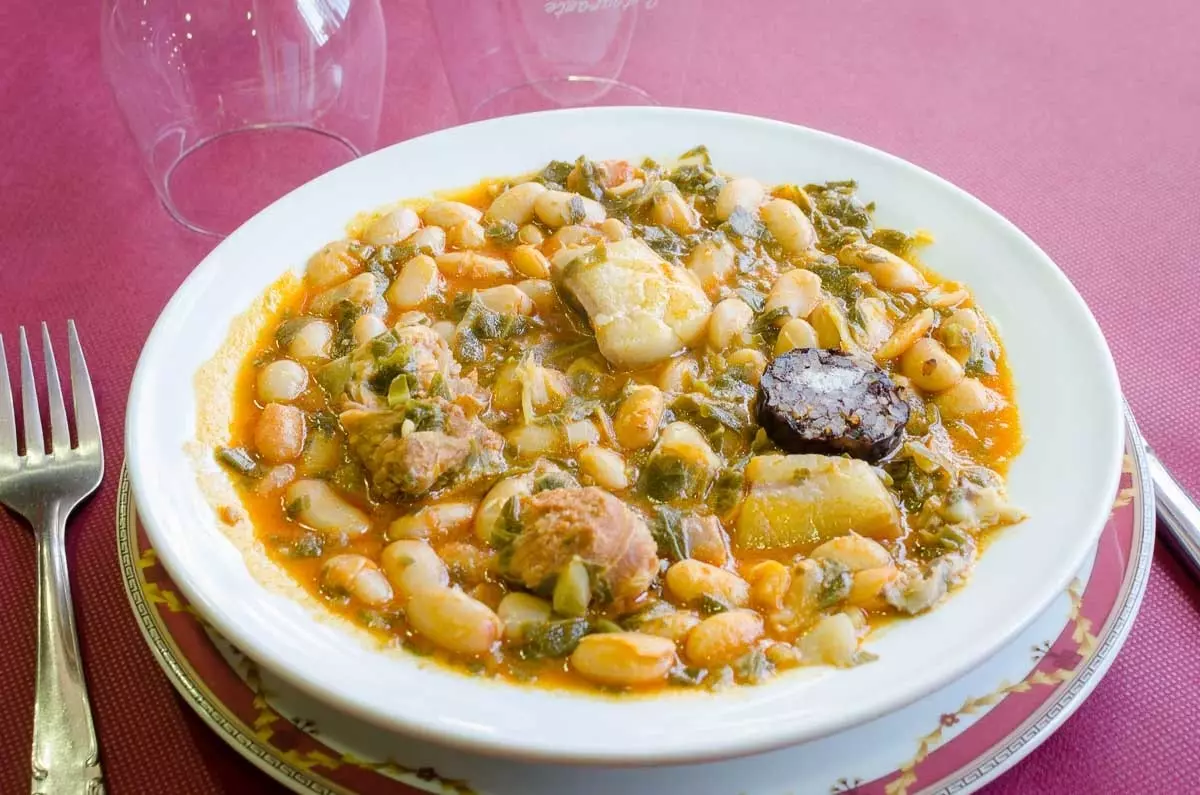
Mountain stew from Polaciones restaurant
In front of the Polaciones is the famous Casa Enrique, where they serve Tudanca cow meatballs and a mountain stew that should be consumed calmly.
The return road, the one that follows the Nansa towards the coast and leaves Polaciones through a narrow gorge, will test the most resistant stomachs. Sharp curves, tunnels dug directly into the cliffs, and a succession of revolts that allowed, not too long ago, to connect Polaciones with the coast of Cantabria for the first time.
The hidden valley was shown to the world, but the world was never able to change the lives of purriegos.
